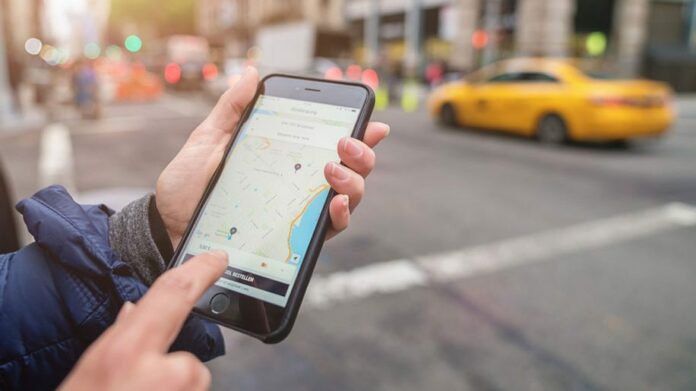With the ride-sharing industry having surged ahead so much in recent years as consumers enjoy the benefits of this service in increasing numbers, there has been a corresponding growth in the number of businesses catering to demand. One technology that is largely responsible for empowering ridesharing firms is the Internet of Things (IoT).
The ridesharing industry has regularly been strengthening over the past couple of years with an escalating degree of customers around the globe testing out and seeking the advantages of hitching a ride when and where they require it at an economical cost.
For any ridesharing business to flourish, there is a desperate need to seek advantage from the features and benefits offered by IoT. There is a variety of ways in which IoT is being integrated into the Ridesharing apps.
1.Oversee Drivers in Real-Time
One of how IoT is being employed in ridesharing is for overseeing drivers. Having a massive collection of vehicles, it becomes crucial to oversee if the drivers are administering them appropriately as well as to ensure that no violations are taking place. GPS and the other programs enable companies to keep track of the ongoings in real-time and ensure that activities like canceling on passengers without good reason or overspeeding are not occurring.
2.Enhanced Maintenance of Vehicles
IoT proves to be a crucial aid when it comes to enhancing the maintenance of vehicles. For avoiding any inconveniences like the car breaking down during a trip, the onboard diagnostic ports that are placed on cars as well as the applications working with them make it easier for companies to handle their fleet performance as well as note any issues promptly. The data gained from IoT can also aid in analyzing aspects like fuel consumption as well as idle time for cutting down on costs and sparing drivers from being responsible for the task of manual reporting.
3.Travel Efficiency
Another way in which IoT is providing an edge to ridesharing companies is by enabling travel efficiency. The vehicles are required to adopt electronic logging devices which negate the necessity for drivers to manually input their hours as well as routes, giving them more time to focus on reaching to and from locations.
4.Partnership Opportunities
Many ride-hailing firms are now partnering with brands and events, to help support their business. For example, Uber and Lyft are already venturing into this approach. Both firms are employing IoT for expanding into the healthcare industry.
5.Tipping Drivers
An effective and satisfying user experience allows businesses to flourish and drivers to gain better tips, which in turn boosts their satisfaction. This becomes possible with IoT. With enhanced and user-friendly tipping procedures, owing to internet-connected devices, frequent and high tipping becomes more probable.

